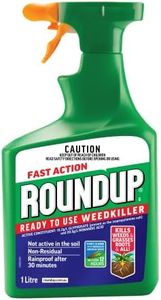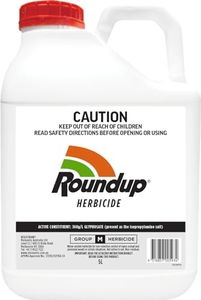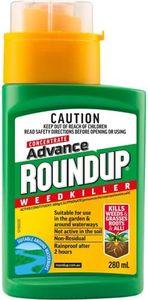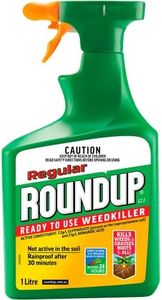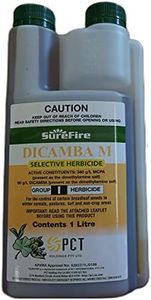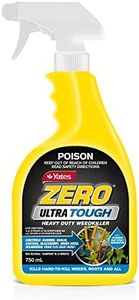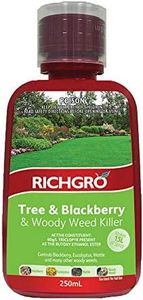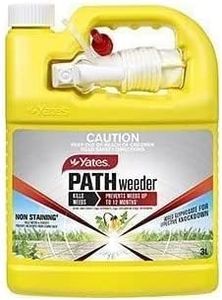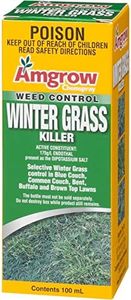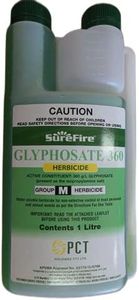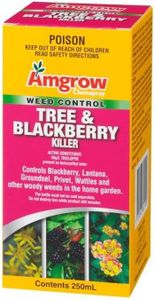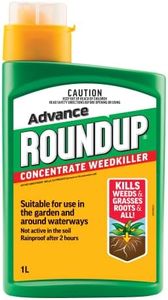We Use CookiesWe use cookies to enhance the security, performance,
functionality and for analytical and promotional activities. By continuing to browse this site you
are agreeing to our privacy policy
10 Best Weed And Grass Killers
From leading brands and best sellers available on the web.Buying Guide for the Best Weed And Grass Killers
Choosing the right weed and grass killer can make yard maintenance much easier and keep your garden or lawn looking its best. The key is to understand the main factors that differentiate these products, so you can select one that matches your specific needs—whether it’s spot treating a few weeds, clearing large areas, or protecting nearby plants. Read labels carefully, think about where and how you’ll use the product, and consider the type of weeds you need to control. Always follow safety instructions, and be mindful of pets, children, and the environment when applying any weed killer.SelectivitySelectivity refers to whether a weed killer targets all plants (non-selective) or just certain types (selective). Non-selective killers will eliminate any green plant they touch, making them best for clearing areas completely or treating driveways and sidewalks. Selective formulas are designed to kill specific weeds without harming grasses or desirable plants, making them ideal for lawns and gardens. Your choice should depend on where you need weed control—use selective for lawns, non-selective for patio cracks or places where you want everything gone.
Systemic vs. ContactThis describes how the weed killer works. Systemic weed killers are absorbed through the leaves and travel throughout the entire plant, killing it down to the roots. They work well on hardy, deep-rooted weeds. Contact weed killers destroy only the parts of the plant they touch, usually giving quick results but might not kill the roots, so regrowth is possible. If you want thorough, long-lasting control, look for systemic products. For quick visual clean-up or annual weeds, contact killers can be enough.
PersistencePersistence means how long the weed killer remains active in the soil. Some products have a residual effect, preventing new weeds from growing for weeks or months, which is helpful for driveways or gravel paths. Others break down quickly and are safer for planting shortly after use. Think about your plans for the treated area—if you want to plant soon, choose a product with low persistence. For long-term barrenness, a more persistent formula is better.
Application MethodThe way a weed killer is applied matters for convenience and accuracy. Ready-to-use sprays are good for spot treatments and beginners, while concentrates let you mix larger batches for bigger areas, offering more value but requiring careful mixing. There are also granules that you sprinkle and water in. Choose a method that fits the size of your project and what you’re comfortable handling—small jobs usually need easy applicators, while big areas might benefit from concentrates.
RainfastnessRainfastness indicates how quickly a weed killer becomes waterproof after application, making it less likely to be washed away by rain or irrigation. Faster rainfast times mean more reliable results, especially in unpredictable weather. If you live in a rainy area or need to water soon after application, look for products that become rainfast within an hour or so, rather than ones requiring several hours.
Pet and Child SafetyThis is about how safe the product is for animals and children after use. Some weed killers are considered safe once dry, while others may require keeping pets or kids off the area for a day or more. If your yard is regularly used by family or pets, prioritize products labeled as pet- and child-friendly, and follow all instructions to reduce risks.
